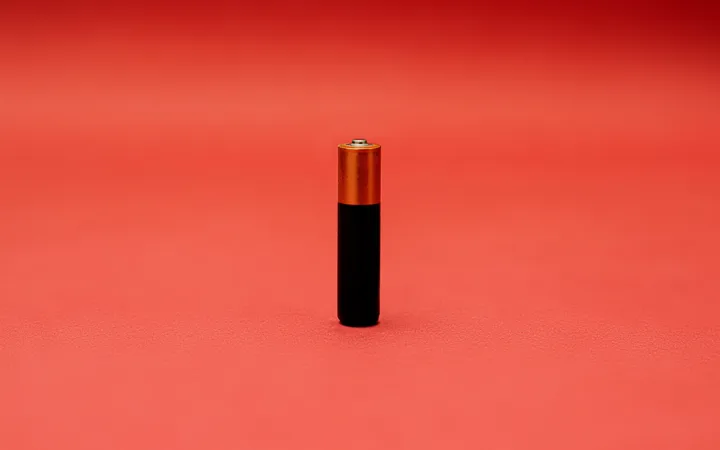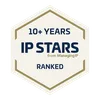Battery technology — leading innovations and how to patent them

Electric vehicle (EV) technology innovators are leading the race to find high performance battery materials.
#
Here’s a breakdown of current research and development efforts, and a look at how to patent different battery technologies.
Lithium-ion — Goodenough for a Nobel Prize #
The development of more commercially successful battery technology seems to be just around the corner. Our endless pursuit of better cathodes, anodes and electrolytes is leading to creative chemical and material solutions which are powering huge scientific and commercial interest.
My personal interest in this subject goes back over 30 years. My doctoral research related to lithium intercalation of mixed metal oxides. I was fortunate enough to follow in the pioneering footsteps of John Goodenough and Stanley Whittingham, who recently won the Nobel Prize for Chemistry 2019 for their contributions to the development of the lithium-ion battery. Working under the same supervisor and in the same laboratory as Goodenough and Whittingham, I was at the time unaware that I was making my own small contribution to the now ubiquitous Li-ion rechargeable battery.
Today’s patent landscape #
A review of the current literature and patent landscape reveals a fascinating array of next generation materials which seek to achieve advantages in cost, energy density, safety, lifetime and more. To name but a few, there are copper, graphite, graphene, aluminium, nickel and manganese materials, lithium and organic carbonates, polymers and ceramics which may all be used as binders, dispersants, insulators, additives or separators.
The complexity of battery development means that patent activity is vibrant and there’s much that can be protected. Patents are crucial tools as innovators seek to develop and maintain a commercial advantage in such a competitive and fast-moving technology area. Without protection, innovations are vulnerable to copycat technologies which quickly erode their commercial advantage, potentially rendering the innovator’s investment in R&D worthless.
Many innovators don’t realise the wealth of protection that is available through patents — they can be used to not only protect novel and inventive apparatus, devices, components, materials and structures, but also methods of manufacture, assembly and even the use of existing or new apparatus and components.
Today, a successful patent rarely protects a ‘game-changing’ innovation — most applications are directed to refinements or improvements on existing technologies.
The leading innovators #
Tesla is investing heavily in the pursuit of improvements in electrolytes by using organic additives. Its 2019 patent portfolio includes fluoroethylene carbonate, vinylene carbonate, 1,3,2-dioxathiolane-2,2-dioxide and lithium difluorophosphate (Canadian patent application 3071314 (07/02/2019)), 3-aryl substituted 1,4,2-dioxazol-5-ones and 3-phenyl-1,3,2,4-dioxathiazole 2-oxide (Canadian patent application 3013743 (20/12/2019)), 1,2,6-oxodithiane-2,2,6,6-tetraoxide (Canadian patent application 3013596 (12/09/2019)) and 2-furanone (International patent application 2019173892 (19/09/2019)).
Other companies such as Toyota Motor Co are looking at microparticulate silicon-based anodes in solid state batteries (US patent application 2020044284 (06/02/2020)), while L G Chemical Ltd is researching anode active materials which comprise a silicon-based core with multiple doped coatings (International patent application 2020040613 (27/02/2020)). Mitsubishi Gas Chemical Co is focusing on ion conductors containing LiCB9H10 and LiCB11H12 (International patent application 2020040044 (27/02/2020)).
Where next for battery technology? #
It seems likely that the next big move by innovators will be towards solid state batteries. Solid anodes, cathodes and electrolytes are potentially safer and more robust, while offering greater energy densities. Expect to see a ramping up of patent activity in this area over next few years, with chemical and material technologies driving innovators to produce better batteries for the benefit of us all.
For advice on protecting your battery innovation, please get in touch.




















